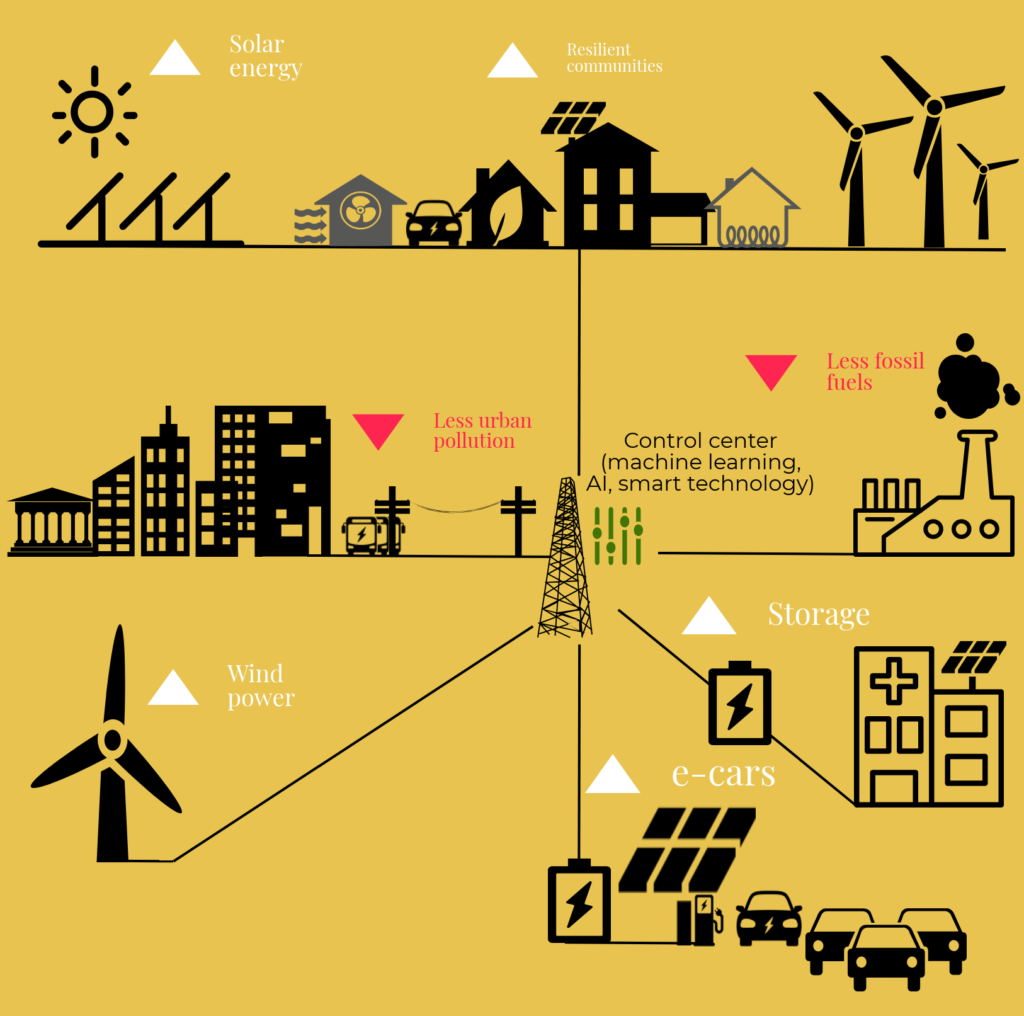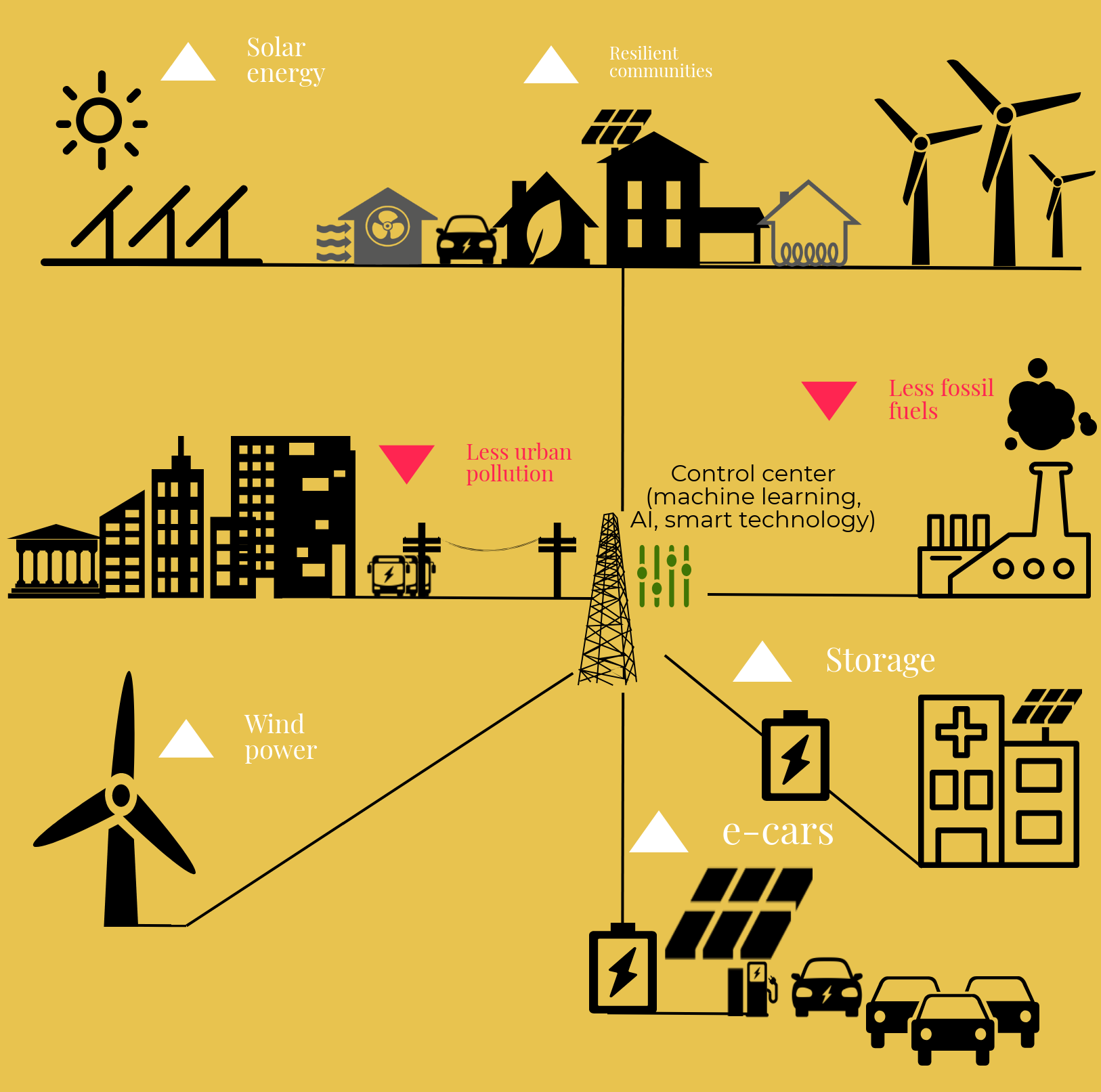Imagine a time when, in your town, everyone is an innovator, planner, or decision-maker for the energy that you consume. Your voice and knowledge are put to use. You might not want to depend on foreign fuel, you might seek lower energy rates, or you might just want to have clean power coming into your house.
No matter what your concerns are, your vote matters, and you use it against the big polluters across the street. At a town meeting, the votes are counted, and the entire community democratically decides in favor of healthy, low cost-high performance sources of power.
This scenario illustrates one of many definitions of “energy democracy” out there in the literature. Basically, it demonstrates citizens taking part in deciding what energy sources they want to consume.
Allowing citizens to be active in energy issues is first and foremost an expression of freedom. That is why the concept of energy democracy can be a common ground between ideologies that value freedom but hold other differences.
The role of microgrids in energy democracy
One way that communities can manifest energy democracy is through the construction of a microgrid. In essence, a microgrid has the same elements as the larger electric grid, but the energy sources are closer to the grid and the control center is localized.
Bringing energy sources closer to the demand also brings to the attention of citizens their pros and cons. For example, a polluting coal-fired power plant may be resisted, while lower-energy-cost, sustainable sources such as solar photovoltaics may be favored by the public.
The microgrid also has a defined electrical boundary and it acts as a single controllable entity with respect to the main grid. In fact, if a problem occurs in the main grid, the microgrid in a small area can switch into “island mode” to operate independently.
Microgrid details vary due to rules and regulations of different states. Nonetheless, a localized microgrid always provides benefits for the community. Its local aspect makes it easier for citizens to invest in solar distributed generation or even cooperative wind farms.

Microgrids bring multiple advantages
Increased Resilience: Cordova is a small town located near the mouth of Copper River in the Valdez-Cordova area in Alaska. The town has 1,566 consumers, 18 MW substations and 78 miles of distribution lines. Until recently, Cordova relied on hydropower and imported expensive diesel generation for power. A federal grant allowed Cordova to add battery storage and renewable energy sources to rely less on imported diesel. Its new microgrid can also communicate with other microgrids. The ‘communication’ potential of microgrids can help make remote places such as Cordova more resilient in case of a catastrophic event or cyberattack.
Economic Benefits: In 2017, a construction company drove a steel casing into the grid connection cable between mainland and the Island of Ocracoke in North Carolina. As a result, 10,000 tourists were evacuated from the island in the midst of peak season. However, the locals of Ocracoke kept the lights on via the island’s microgrid. Now, the citizens of the island and the utility company are working to make that microgrid capable of sustaining the seasonal influx of tourists as well, which will help prevent future economic losses. In addition, microgrids carry the potential for an enormous number of jobs, from engineering to construction and maintenance.
Smart Grids: Our energy system runs on the supply meets demand model. In an unexpected peak demand, it’s consumers who pay the higher energy rates. If machine learning or AI is developed for the control center of the microgrid, the small area covered leaves less room for error in projections of demand. Fewer errors not only result in avoidance of peak-demand charges, they also insure that backup polluting diesel generators don’t get switched on.
The perfect scenario
Replacing all of our large utilities and dirty power plants with microgrids may seem like a far-off dream. Nonetheless, if the central grid becomes a grid of microgrids, then local decision makers come a step closer to diversifying the central grid into a clean, resilient and affordable energy system–a manifestation of energy democracy.
So, the next time you’re at a town meeting, speak up and be a decision maker. You don’t have to imagine a time for energy democracy anymore. That time is now.

You just helped me come up with an idea for my honors thesis with this phrase: “if the central grid becomes a grid of microgrids”
Thank you!